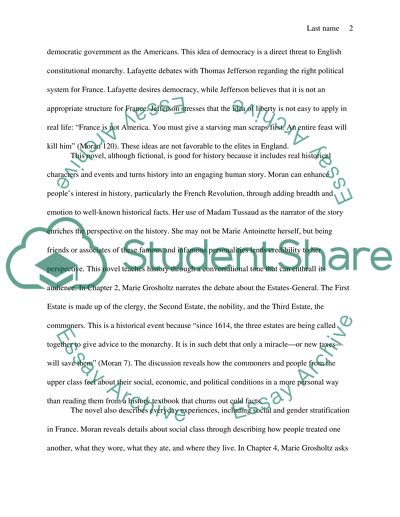Cite this document
(“Real and imagined fears during the French revolution in Moran's Madame Essay”, n.d.)
Real and imagined fears during the French revolution in Moran's Madame Essay. Retrieved from https://studentshare.org/literature/1456821-how-do-u-see-this-novel-informing-madam-tussaud-i
Real and imagined fears during the French revolution in Moran's Madame Essay. Retrieved from https://studentshare.org/literature/1456821-how-do-u-see-this-novel-informing-madam-tussaud-i
(Real and Imagined Fears During the French Revolution in Moran'S Madame Essay)
Real and Imagined Fears During the French Revolution in Moran'S Madame Essay. https://studentshare.org/literature/1456821-how-do-u-see-this-novel-informing-madam-tussaud-i.
Real and Imagined Fears During the French Revolution in Moran'S Madame Essay. https://studentshare.org/literature/1456821-how-do-u-see-this-novel-informing-madam-tussaud-i.
“Real and Imagined Fears During the French Revolution in Moran'S Madame Essay”, n.d. https://studentshare.org/literature/1456821-how-do-u-see-this-novel-informing-madam-tussaud-i.


